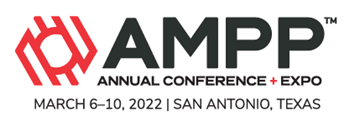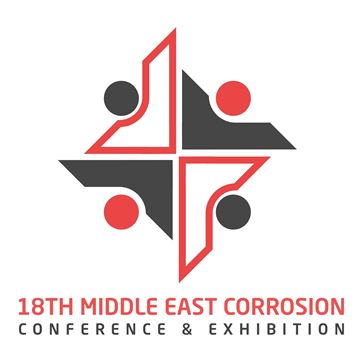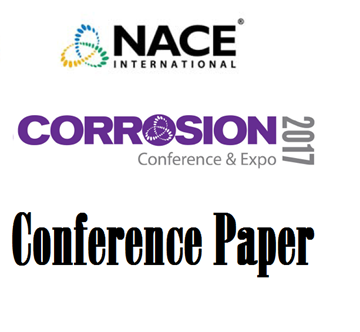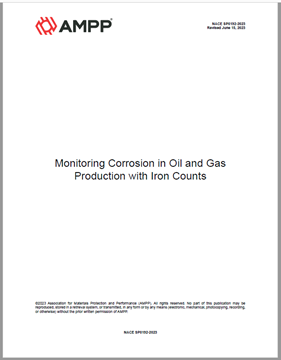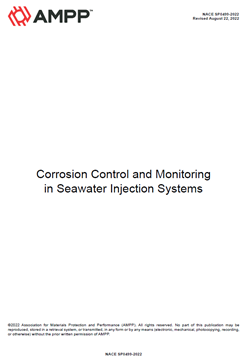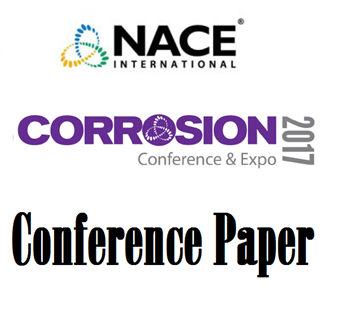Search
Products tagged with 'monitoring'
View as
Sort by
Display
per page
Installed UT Sensors for Continuous Corrosion Monitoring: Better Understanding How Process Changes Influence Corrosion Rates
Product Number:
51321-16228-SG
Publication Date:
2021
$20.00
IOW Analysis With Installed UT Sensors: How Process Changes Impact Corrosion Rates
Product Number:
51322-17611-SG
Publication Date:
2022
$20.00
IOW Analysis with Wireless UT Sensors: How Changes Impact Corrosion Rates
Product Number:
MECC23-20018-SG
Publication Date:
2023
$20.00
Long Term (20 Years) In-Service Performance of Concrete ICCP of Marine Wharf Structures in Australia
Product Number:
51320-14510-SG
Publication Date:
2020
$20.00
Managing Corrosion Risk in Carbon Capture and Storage Facilities Using Non-Intrusive Monitoring Technologies
Product Number:
51323-18856-SG
Publication Date:
2023
$20.00
Managing Risk in Sustainable Aviation Fuel and Renewable Diesel Production with Online Corrosion Monitoring
Product Number:
51324-20579-SG
Publication Date:
2024
$40.00
Monitoring Evaluating and Control of Corrosion and Scaling in Higher Pressure Industrial Boilers
Product Number:
51317--8988-SG
ISBN:
8988 2017 CP
Publication Date:
2017
$20.00
NACE SP0192-2023, Monitoring Corrosion in Oil and Gas Production with Iron Counts
Product Number:
NACE SP0192-2023
Publication Date:
2023
$109.00
NACE SP0499-2022, Corrosion Control and Monitoring in Seawater Injection Systems
Product Number:
NACE SP0499-2022
Publication Date:
2022
$109.00
Review of Cathodic Protection Systems for Concrete Structures in Australia
Product Number:
51317--9024-SG
ISBN:
9024 2017 CP
Publication Date:
2017
$20.00
RP0189-HD1995-SG Online Monitoring of Cooling Waters-HD1995
Product Number:
21041-HD1995
Publication Date:
1995
$179.00
RP0189-HD2002-SG Online Monitoring of Cooling Waters-HD2002
Product Number:
21041-HD2002
ISBN:
1-57590-159-5
Publication Date:
2002
$179.00


